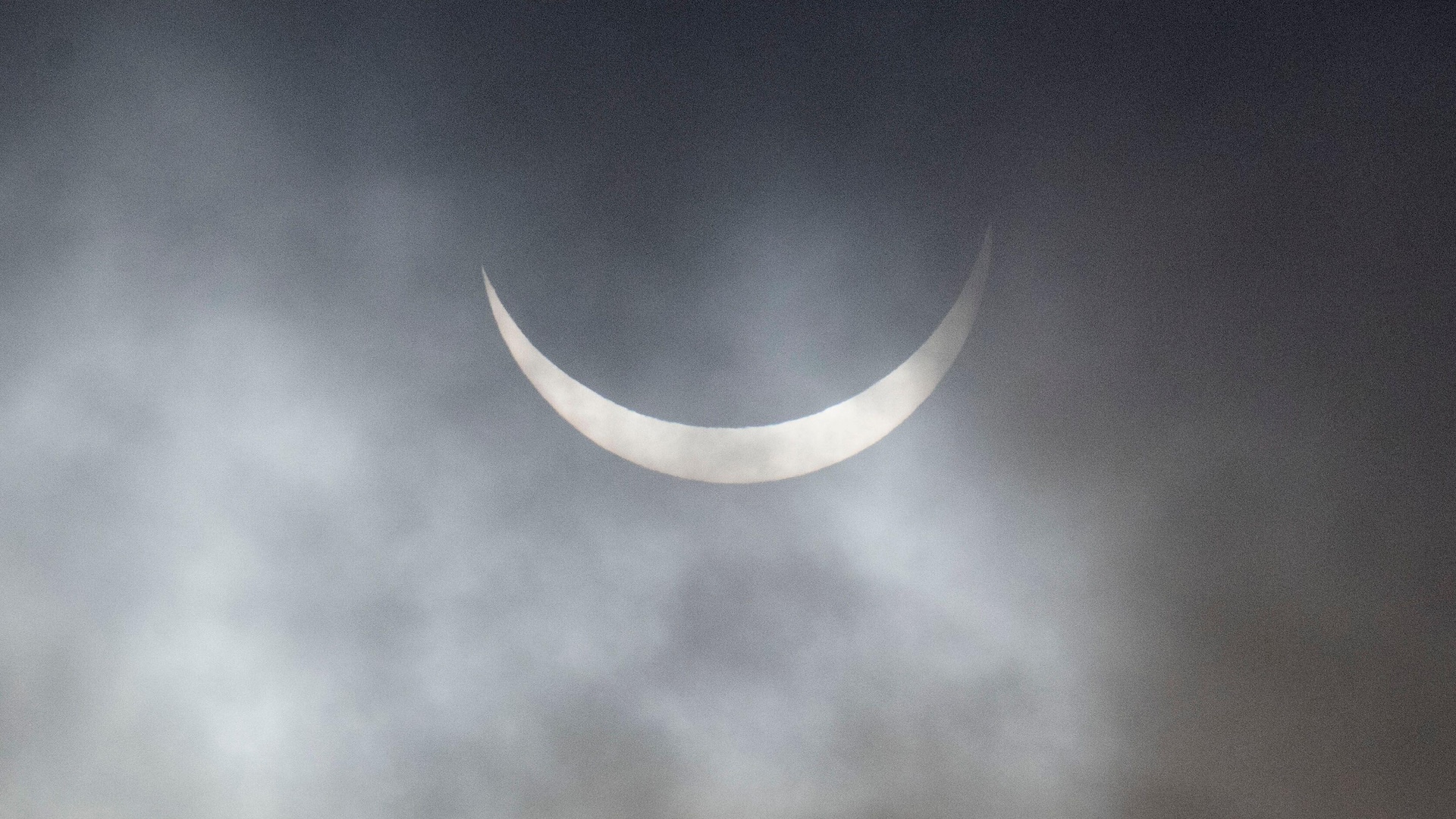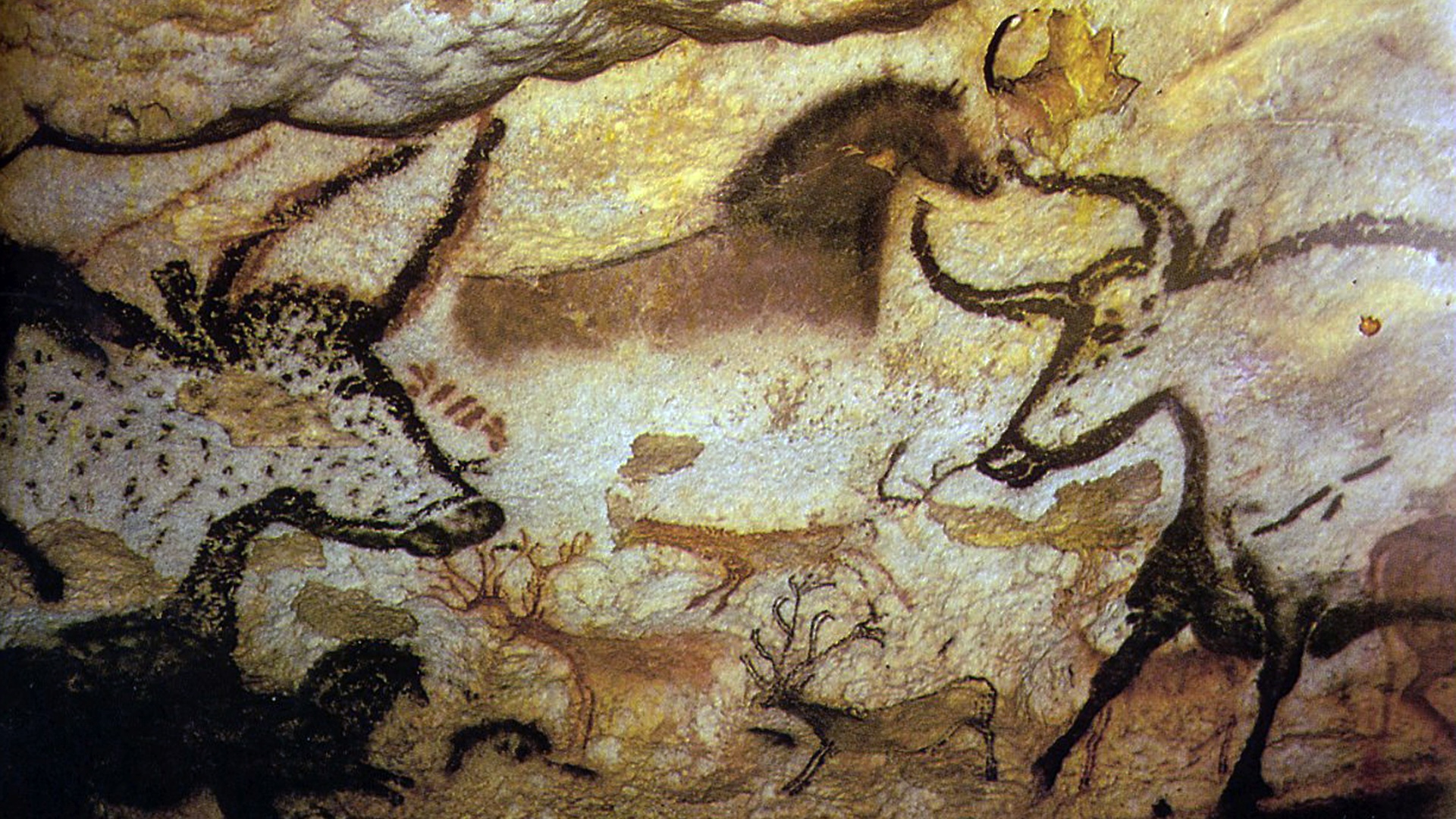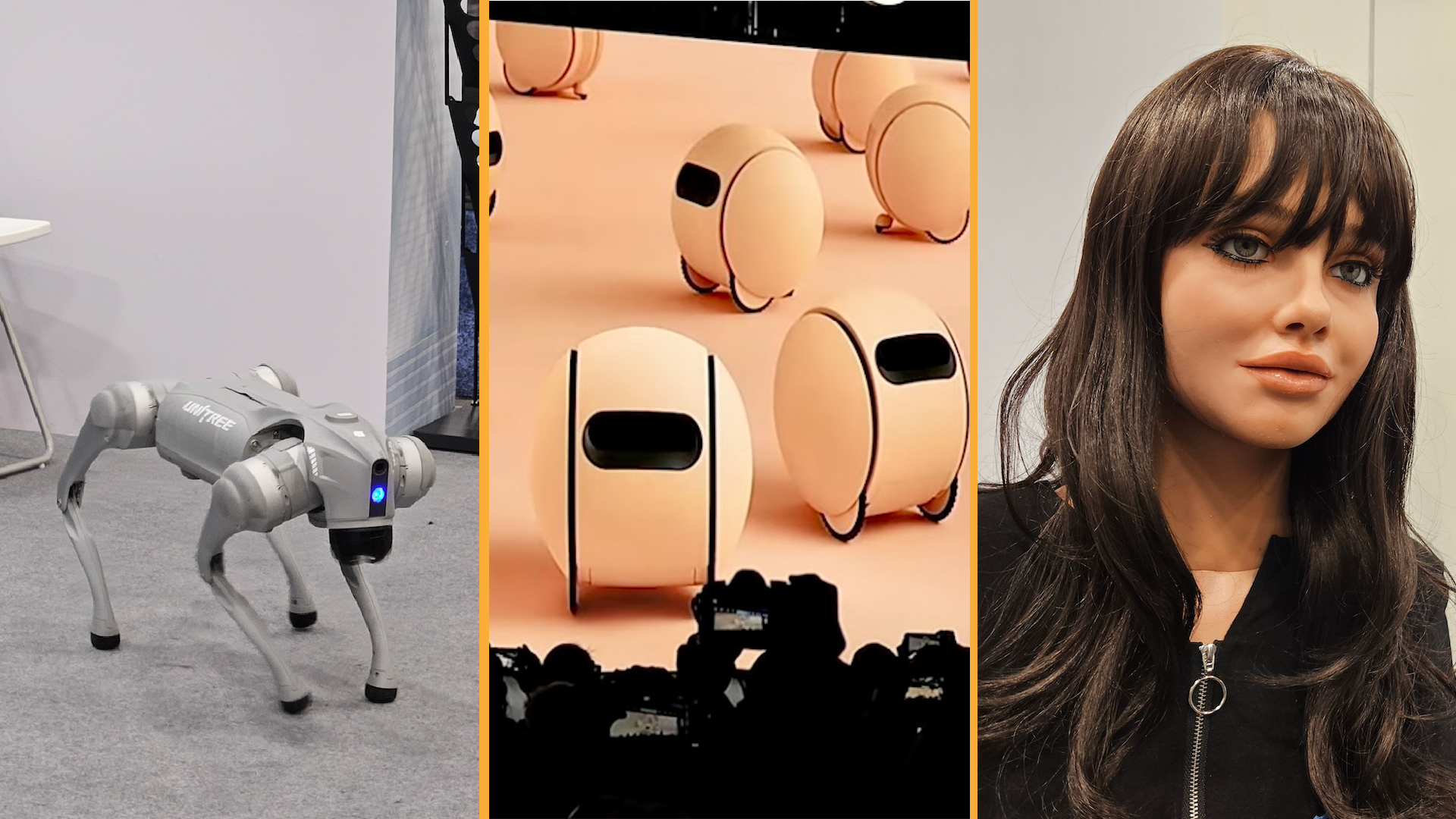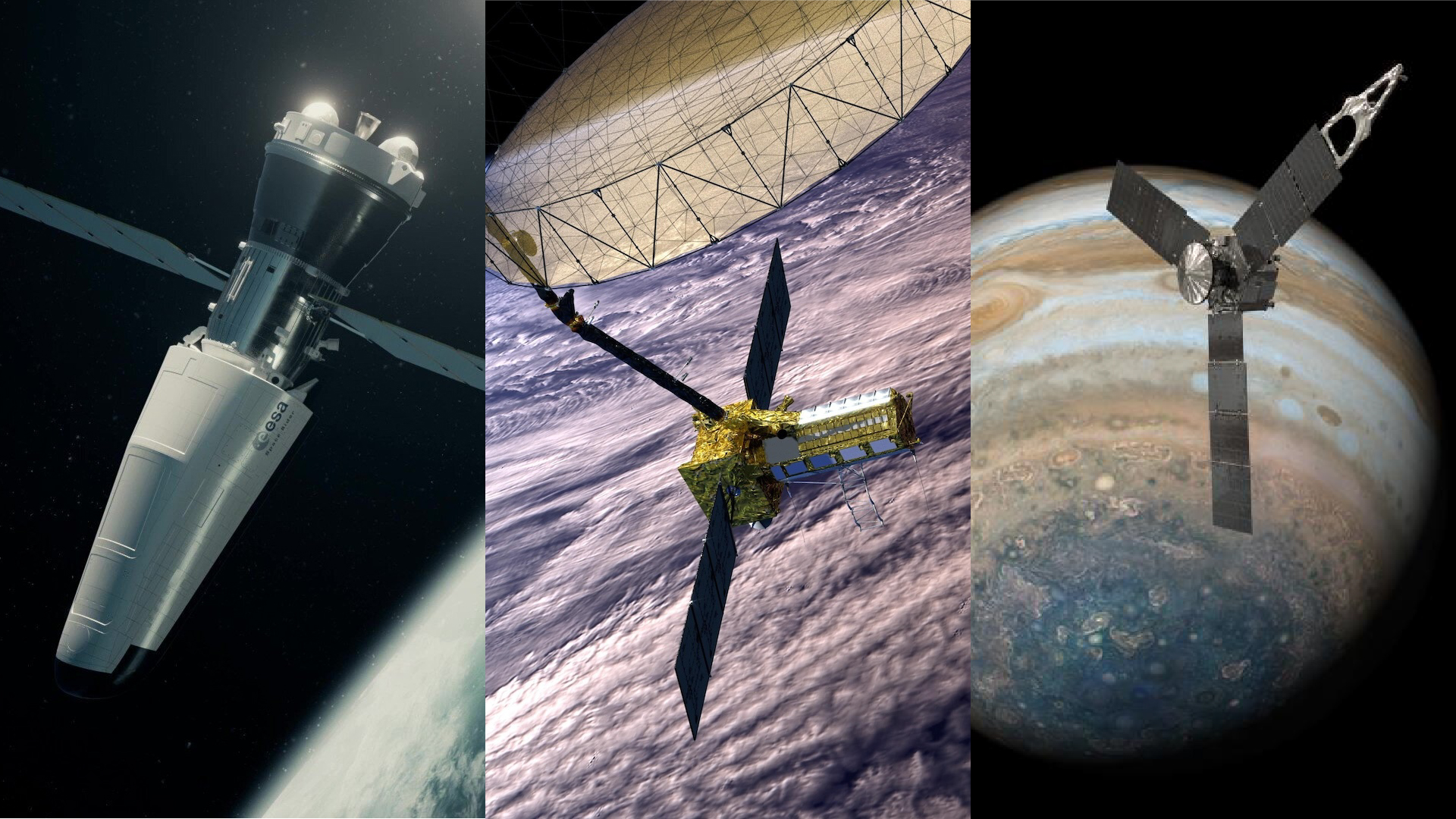Surprising Truths About Fruits and Vegetables
Or make that, their fruits. Oh, drat. Which is it?
Actually, all four of these produce items are classified as fruits by scientists, regardless of what consumers, grocers and nutritionists think, said Amy Litt, director of Plant Genomics and Cullman curator at The New York Botanical Garden.
"The thing that is funny from my point of view, and it's always a mystery to me, is that everyone knows that a tomato is a fruit, but they don't know that a squash or a string bean or a cuke [cucumber] is also a fruit," said Litt, who lately is studying the genes that make tomatoes fleshy. "I'm not sure how it got into the public realm of knowledge that a tomato is a fruit. But it's like, well, all these other things are a fruit too."
In reality, the public is fairly clueless on all of this. In a straw poll of 35 people in Manhattan yesterday, about half (18) said tomatoes were a fruit. All but one person said string beans were a vegetable and most (30) said squash is a vegetable.
Avocadoes, string beans, squash, eggplant, green pepper and okra are all technically fruits, Litt says. On the other hand, rhubarb is not a fruit. Let's not even start with strawberries just yet.
Totally lost?
OK, in the world of botany, a fruit is the structure that bears the seeds of a plant. It is formed in the plant's flower. In the center, the female parts of the flower include the ovary. The ovary has structures inside that become the seeds when fertilized. So the ovary will develop into the fruit.
To the plant, fruits are basically a means of spreading the seeds around, generally by wind or animal poop. In the latter case, fruits such as raspberries become thicker and accumulate sugars and bright colors, thereby attracting birds or other animals that eat and then "we say, they deposit the seeds in a package of fertilizer," Litt said. In other cases, the fruit dries out and opens and the winds carries the seeds to their next home to start the cycle over again. A good example is cotton or a milkweed pod.
How about vegetables?
The term vegetable has no meaning in botany, which is the study of plants, Litt explained. Instead, the other produce is also classified, like the fruits, by whatever part of the plant they are. For example, rhubarb and celery are the stems, albeit very enlarged and juicy stems, of a leaf.
Lettuce, kale, spinach and cabbage are the leaves of a plant.
What about legumes? They're easier because that is one situation where consumer lingo mirrors botany's. Legumes are family of plants and they all have the same type of fruit — a bean, actually, that is technically called a legume. Examples: snow peas, string beans or sugar snap peas. All fruits (of the legume variety).
Peas (also kidney beans, chick peas and fava beans) might fool you. They are fleshy and don't look like stems or leaves, but they are not fruit. The pea (or bean) is the seed. They all grow in the same kind of pod that is the fruit, and are very high in protein. The plant, the pod and the vegetable are all called legumes, Litt said.
Obviously.
Berry complicated
Strangely to us, that makes all these other things berries to botanists: tomatoes, eggplants, grapes, persimmons and chili peppers.
And guess what aren't berries to botanists? Strawberries, blackberries, mulberries and raspberries, of course. They are aggregate fruits, because they form little fruitlets from many ovaries that remain separate, rather than being fused into a single structure.
Strawberries, with their seeds on the outside, are especially weird. In your classic fruit, the apple or the peach, the seeds inside are surrounded by the ovary wall. That applies to blueberries. But in strawberries, for instance, "the ovary wall sort of drops off and what enlarges is the patch of tissue that is underneath the structures that contain eggs (the ovules) which then develop into seeds," Litt said.
"As it enlarges, it separates all the seeds from each other and they end up on the outside of the fruit," she explained.
In another twist, pineapples are called a multiple fruit. Each one is actually a whole bunch of fruits, formed from the fused ovaries of many different flowers, Litt said.
"That is also a very different fruit type," Litt admitted. "There are many, many different variations."
- Top 10 Poisonous Plants
- Good Foods Gone Bad
- Nutrition Quiz
Sign up for the Live Science daily newsletter now
Get the world’s most fascinating discoveries delivered straight to your inbox.
Robin Lloyd was a senior editor at Space.com and Live Science from 2007 to 2009. She holds a B.A. degree in sociology from Smith College and a Ph.D. and M.A. degree in sociology from the University of California at Santa Barbara. She is currently a freelance science writer based in New York City and a contributing editor at Scientific American, as well as an adjunct professor at New York University's Science, Health and Environmental Reporting Program.











